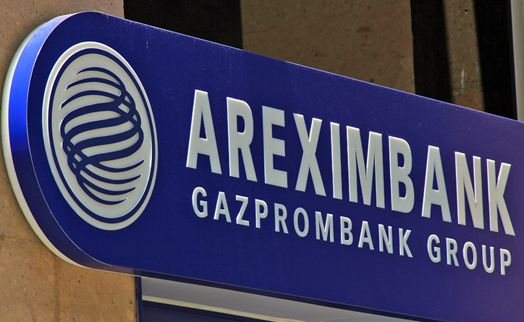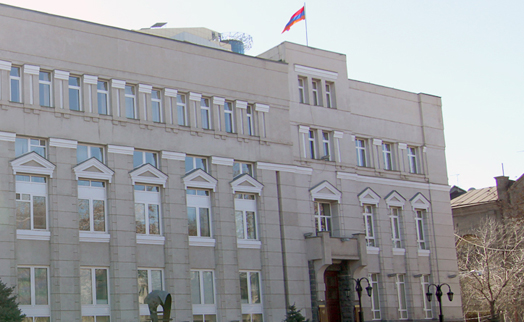ARKA – Mr. Khachatryan, a unique project was launched in February 2014 in a Yerevan supermarket when a Visa card was used to make the first contactless payment in Armenia. Today Areximbank-Gazprombank Group is the only bank in the country issuing and servicing contactless Visa payWave cards. Why these cards are described as unique and what benefits their holders have?
Khachatryan– You’re right, Visa payWave technology is truly unique. It allows making instant payments in all outlets equipped with contactless readers. Holders of such cards do not need to insert it into the payment terminal, to sign checks or enter PIN codes (for purchases of goods worth up to AMD 10,000). It is enough to wave it in front of a contactless reader and the payment is accepted. It is important to note that the contactless terminals of Areximbank-Gazprombank Group accept all Visa payWave cards, regardless of the issuer bank or the country in which it is issued. The fact is that Visa payWave technology is built on the use of international EMV standards for chip cards providing interoperability between cards and payment terminals in 45 countries, including Armenia’s closest partners – Russia, Kazakhstan, Ukraine, Belarus and Georgia.
ARKA – In Armenia this card can be used to pay for services in shops, hotels, restaurants, buy it is not accepted by gasoline stations, public transport and taxies, which are ‘specific segments’, where this technology even technically is not easy to introduce. It is still hard to imagine a POS terminal in a taxi.
Khachatryan – The solution for such segments as taxis, delivery services and small commercial and service companies is the mPOS terminals or mobile POS terminals. This technology allows taxi drivers or other service providers to use their smartphones for acceptance of payment for goods and services.
This technology is cheaper than most POS terminals. It is convenient for both taxi drivers and passengers. It is already successfully operating in Kazakhstan. Back to contactless payments in general, we should pay attention to the experience of Armenia’s neighbor Georgia, where contactless payment technology was introduced in 2009. To date, this country is the leader in terms of the number of Visa payWave and cashless payments throughout the Caucasus region. The Georgian market has good prospects, and every year the demand for this service is steadily increasing. Of course, compared with Australia, for example, where the number of non-cash transactions is about 20 million a month, the results in Georgia are still modest, but with this pace Georgia can achieve similar results very soon. If Georgia can, Armenia can as well. I am sure that Armenian banks have every opportunity to develop this exciting business. The first steps in this direction was made by our bank. To date, it runs 12 payment terminals in various outlets of Yerevan which accept Visa payWave cards. By the spring of 2015 we plan to install as many.
ARKA – What are the main obstacles to the development of cashless payments in Armenia?
Khachatryan– Countries with more closed economies are less active in non-cash transactions. They are usually focused on the domestic market and inflation problem. Sometimes it is due to the fact that the country has established traditions of payment in cash and needs extensive reforms to shift to cashless payments. Armenia has a good potential for the development of this market segment. Armenian banks seek to keep pace with the times, constantly improving banking card-related technologies and offering new services to consumers. But the main task of a full transition to electronic payments has not been solved. Citizens need to feel the financial, operational and economic benefits of cashless payments. Visa helps us in this matter very much, constantly offering new and better products, adapting them to our terms and conditions.
ARKA – But you must admit that owners of retail outlets are not very much enthusiastic about non-cash payments.
Khachatryan – This problem should be addressed in the first place by the Central Bank, Ministry of Finance and Tax Inspectorate. They can stimulate trade and service companies, for example, by cutting taxes for those which choose to shift to accepting cashless payments, which will eventually result in sales increase -0-








